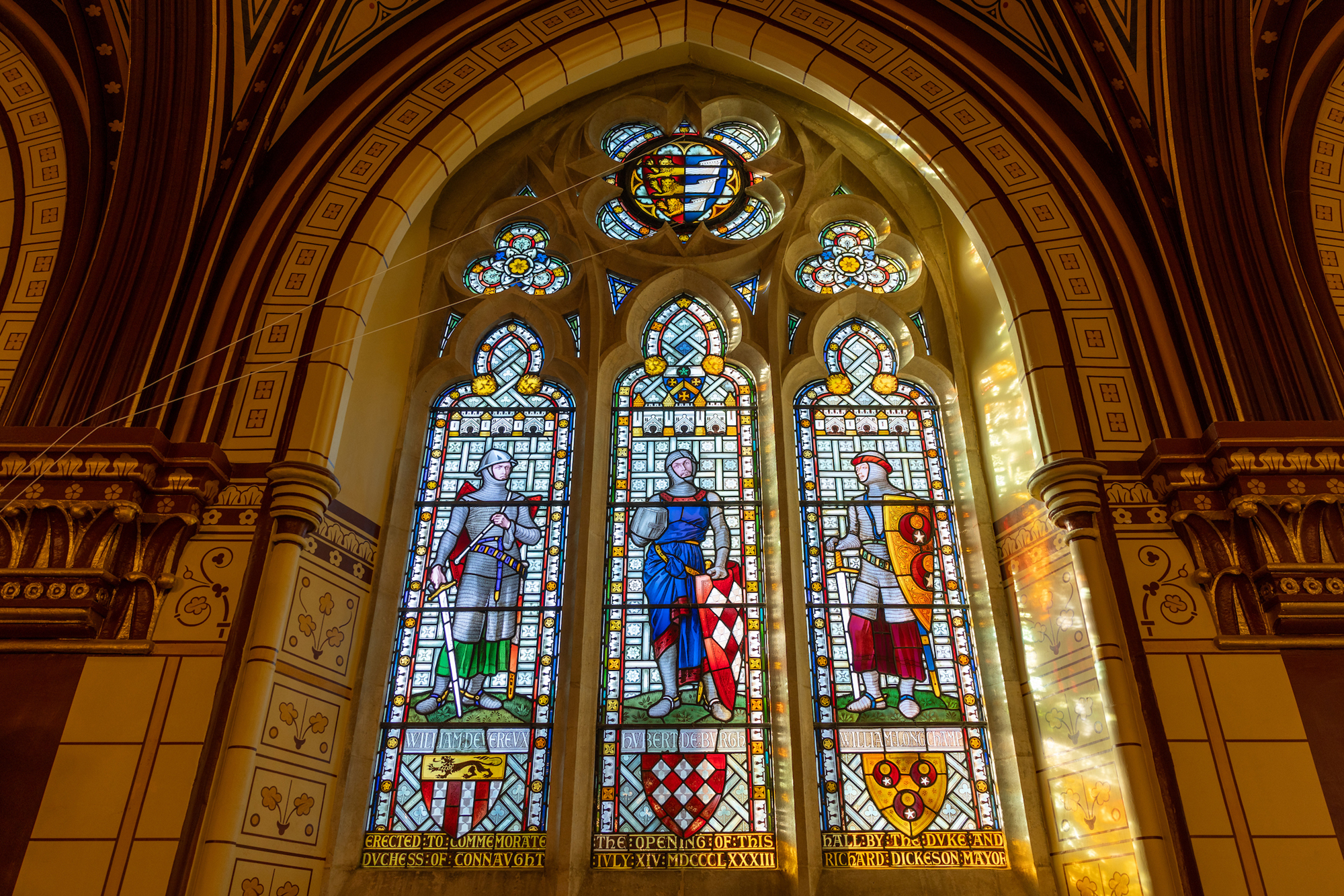Three castles marking over 2000 years of English history, the birthplace of Roman Britain and the frontline of Britain’s wartime defence – for history and heritage, the Dover district is central to Britain’s past, with a legacy that laid the foundations for an exciting future to come.
There’s an abundance of riches here, including the 3500-year-old Bronze Age Boat on display at Dover Museum (the world’s oldest-known seagoing boat discovered nearby during road building in the 1990s), the Roman amphitheatre and fort at Richborough near Sandwich close to where the invading Roman Army first landed in AD43, and the Roman Painted House in Dover.

Dover Castle also has reminders of that Roman past being home to one of only three surviving Roman lighthouses in the world. The castle was built in the 11th century during the reign of Henry II and remained in active use through to World War II. Owned by English Heritage, over 300,000 people visit each year to explore the majestic ‘Key to England’.
Deal Castle was one of a chain of coastal defences built on the orders of King Henry VIII as was Walmer Castle, which later became a stately home for the Lords Warden of the Cinque Ports. Fort Burgoyne and Drop Redoubt – with its triple helix staircase, the only one in the UK – add to the story.
The district was and continues to be a significant place of pilgrimage, the starting point for travel to sacred Christian sites in Europe and in Kent. The Via Francigena, the ancient pilgrim route connecting Canterbury with Rome, passes through Dover town where Dover Priory, St Edmund’s Chapel and Maison Dieu are surviving historic buildings with links to that time.
